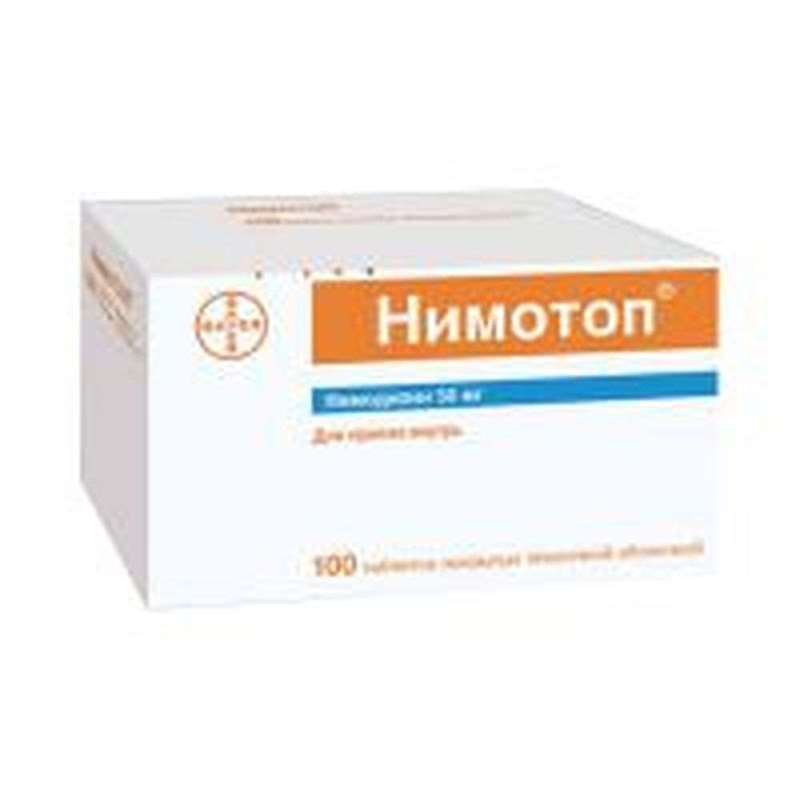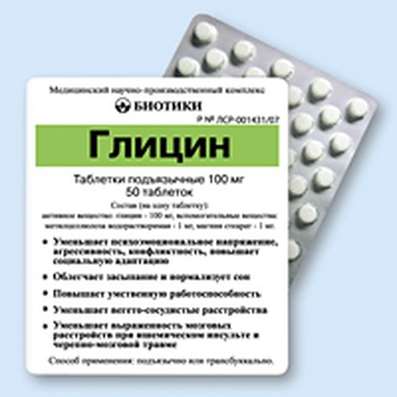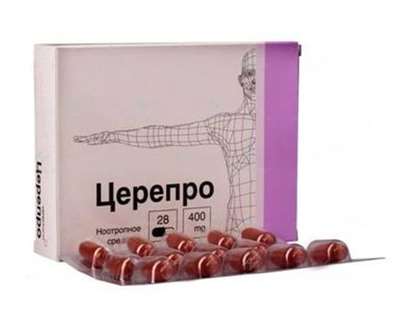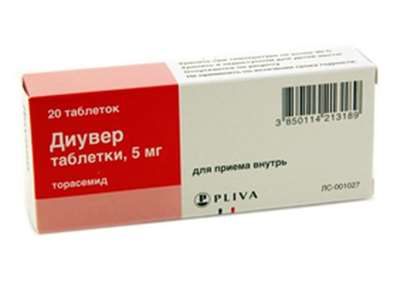Nimotop (Nimodipinum, Nimodipine) has cerebro vasodilating effect, prevents or eliminates vasospasm triggered by various vasoactive substances (including serotonin, and histamine GHG) has neuro- and psychotropic activity.
In patients with acute stroke, expanding brain vessels, improves cerebral blood flow. The additional perfusion usually more pronounced in damaged before enough blood perfused brain. The use of nimodipine can significantly reduce the mortality and incidence of subarachnoid hemorrhage occurs due to ischemic neurological disorders.
Nimodipine, Acting related to calcium channel receptors of the blood vessels of the brain, has a protective effect on nerve cells, stabilizes their function, improves brain blood circulation, improves the ischemic tolerance of nerve cells, it does not develop "steal syndrome". It has beneficial effects in disorders of memory and concentration in patients with impaired brain function. At the same time improving the personal, behavioral responses and psychometric results of functional tests.
Testimony:
Prevention and treatment of ischemic neurological disorders caused by cerebrovascular spasm, against a background of subarachnoid hemorrhage due to the rupture of the aneurysm.
Cerebral vasospasm (prophylaxis), ischemic cerebrovascular accident with subarachnoid hemorrhage, senile dementia.
Contraindications:
- hypersensitivity to any component of the drug;
- severe hepatic impairment (eg cirrhosis);
- co-administration with rifampicin or anticonvulsants (phenobarbital, phenytoin, carbamazepine);
- pregnancy;
- breastfeeding;
- age 18 years.
CAREFULLY:
hypotension (Garden is less than 100 mm Hg).
Patients with unstable angina or within the first 4 weeks after an acute myocardial infarction - an evaluation of the potential risks of (a decrease of perfusion of the coronary arteries and myocardial ischemia) and benefits (improvement in cerebral perfusion);
elderly patients with comorbidity with severe renal impairment (glomerular filtration rate less than 20 mL / min);
elderly patients with severe heart failure who receive the drug for the treatment of brain functions (regular examination should be carried out).
Pregnancy and breast-feeding:
Application solution for infusion during pregnancy always requires careful assessment of the ratio benefit and risk factors, taking into account the severity of the clinical picture.
Special instructions:
Appointment of nimodipine older patients with more comorbidities, severe renal insufficiency (glomerular filtration rate less than the value of 20 mL / min) and severe cardiovascular disease should be carefully justified. During therapy and after its completion, these patients require regular medical supervision.
In patients with impaired liver function due to lower intensity of the primary metabolism and slowing down the metabolic inactivation of the bioavailability of nimodipine can increase. Consequently, the main and side effects, in particular its hypotensive effect may be intensified. In such cases, the drug dose must be reduced depending on the degree of decrease in blood pressure, and should be discontinued if necessary reception nimodipine.
Fertility. In some cases, during the in vitro fertilization, against application blockers "slow" calcium channel reversible chemical changes observed in the sperm head, which may lead to disruption of sperm function.
Effects on ability to drive or to perform work requiring higher rate of physical and mental reactions. The use of nimodipine may interfere with the ability to drive vehicles and mechanisms, due to a possible decrease in blood pressure and the onset of vertigo. In applying the infusion solution Nimotop® this factor usually it does not matter.
Suggested Use:
The inside is not liquid, squeezed small amounts of liquid, regardless of the meal. Intervals between doses should be at least 4 hours. It is recommended to comply with the proposed dosing regimen.
Subarachnoid hemorrhage caused by the rupture of the aneurysm
Reception of tablets should be administered after 5-14 days / per treatment infusion solution Nimotop. The recommended dose - 2 tab. 6 times a day (60 mg nimodipine 6 times per day) for 7 days.
Therapy of brain function disorders in the elderly
The recommended dose - 1 tab. 3 times per day (30 mg nimodipine 3 times a day).
In patients with moderate hepatic impairment may require dose reduction or cancellation of the nimodipine treatment. In patients with impaired liver function due to the reduction of the primary metabolic rate may increase the bioavailability of nimodipine. Consequently, the primary side effect and nimodipine, in particular its hypotensive effect may be intensified. In such cases the dose should be reduced depending on the degree of reduction in blood pressure; if necessary, the use of nimodipine should be discontinued.
Side effects:
From the CCC: lowering blood pressure, bradycardia, feeling "tide" in the face, fever, facial flushing, development or exacerbation had heart failure, arrythmia, angina, until the development of myocardial infarction (particularly in patients with severe obstructive coronary artery disease) arrhythmia (including short-term ventricular flutter, an arrhythmia type "pirouette"); rarely - an excessive fall in blood pressure, tachycardia.
From the digestive system: nausea, diarrhea, abdominal discomfort, increased activity of "liver" transaminases and alkaline phosphatase, GGT, gingival hyperplasia (bleeding, pain, swelling), constipation, dry mouth, increased appetite.
CNS: dizziness, headache, asthenia, extrapyramidal (parkinsonian) disorders (ataxia, masklike face, shuffling gait, stiff arms or legs, tremor of the hands and fingers, difficulty in swallowing), central nervous system symptoms of arousal (insomnia, excessive motor activity, agitation, aggressiveness), depression, excessive fatigue, sleepiness.
The respiratory system: lung edema (shortness of breath, cough, stridor).
From hemopoiesis system: asymptomatic thrombocytopenia, agranulocytosis.
From the musculoskeletal system: Arthritis (pain, swelling of the joints).
Allergic reactions: seldom - skin rash.
Other: peripheral edema; increased sweating, decreased kidney function (increased urea concentration hypercreatininemia), transient loss of vision on the background of the Cmax, galactorrhea, increase in body weight.
Drug interactions:
Nimodipine may lower blood pressure in a joint appointment with diuretics, beta-blockers, ACE inhibitors, antagonists of A1 adenosine receptors, other calcium channel blockers, alpha-blockers, alpha-methyldopa, phosphodiesterase inhibitors.
Prolonged use of nimodipine with the antidepressant nortriptyline resulted in a slight decrease in nimodipine plasma concentrations (nortriptyline concentration remains unchanged).
Since nimodipine is metabolized with participation of cytochrome P450 3A4, drugs inhibiting this enzyme system may increase the concentration of nimodipine plasma. These are drugs like
- Macrolides such as erythromycin (azithromycin structurally related to them does not possess such properties);
- HIV protease inhibitors (such as ritonavir, zidovudine);
- Azole antifungals (eg ketoconazole);
- Antidepressants fluoxetine, nefazodone, and (increased plasma concentrations of nimodipine when coadministered reaches 50%);
- Quinupristin / dalfopristin;
- Cimetidine;
- Valproic acid.
The joint appointment of such drugs should be provided for the reduction of the dose of nimodipine and monitoring blood pressure.
Grapefruit juice inhibits the oxidative metabolism of dihydropyridine. Combinations of grapefruit juice and avoid nimodipine, t.. This may lead to increased concentrations of nimodipine in blood plasma.
Antiepileptic drugs that induce cytochrome P450 enzyme system 3A4 - phenobarbital, phenytoin, carbamazepine, rifampicin - significantly reduce the bioavailability of nimodipine, so their combined use is contraindicated.
Packaging:
- Comes in original packaging. Item is brand new and unopened.
Storage:
- Keep away from direct sunlight.
- Keep locked and away from children.
- Store in dry place at room temperature.
- Do not exceed storage temperature higher than 25 C
Important notice- the outer box design may vary before prior notice!

 Cart
Cart





